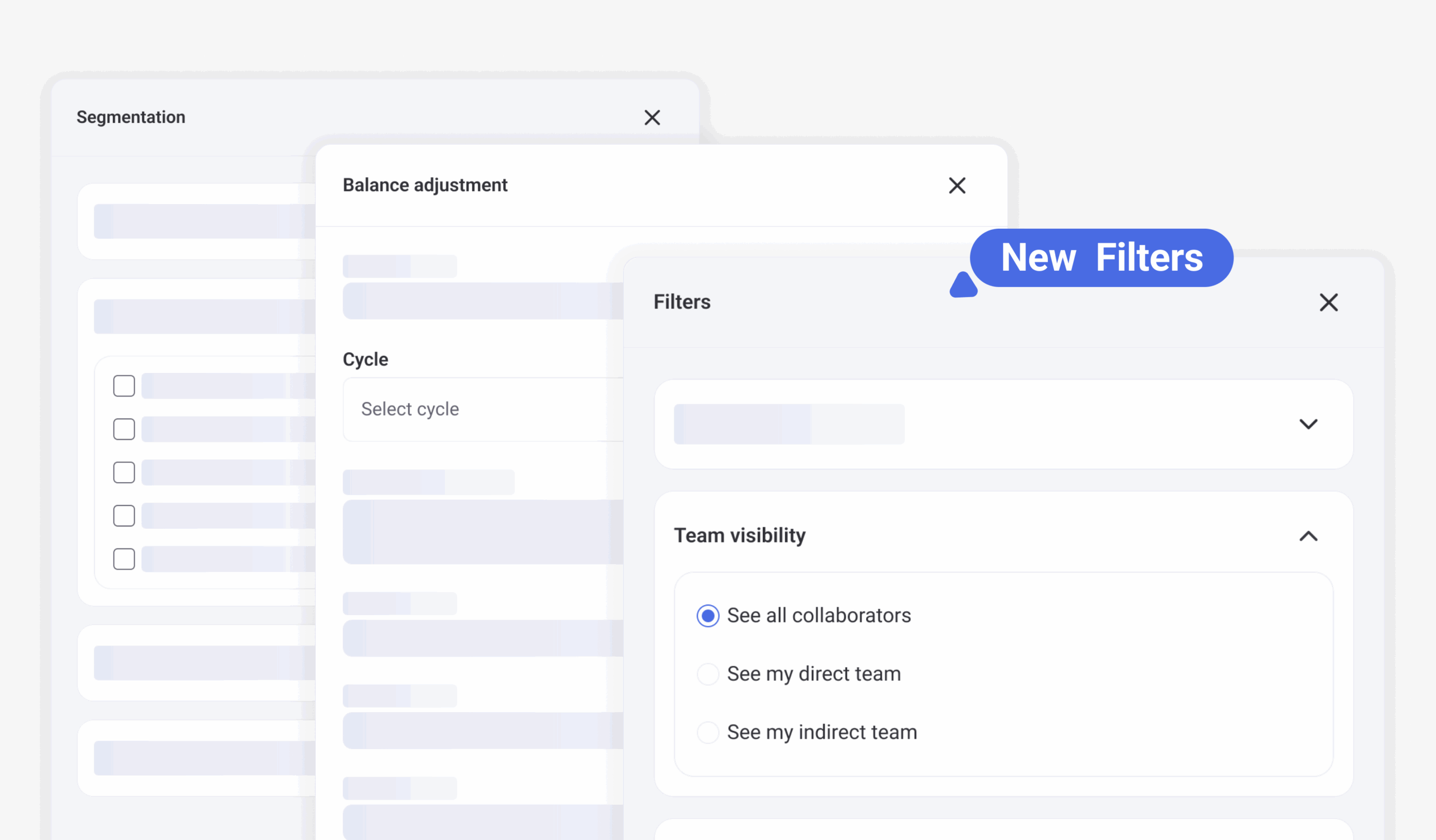Introduction
In the fast-paced Mexican business world, efficient human resource management is a fundamental pillar for success. In this context, IDSE emerges as an invaluable tool, simplifying and streamlining key administrative processes for companies. But what exactly is IDSE and why is it so relevant in Mexico’s labor context?
What Does “IMSS Desde su Empresa” Mean?
IDSE, known as “IMSS Desde su Empresa” (IMSS From Your Company), is a digital platform provided by the Mexican Social Security Institute (IMSS). Its main goal is to facilitate companies in managing procedures and obligations related to their employees’ social security. From enrollments and terminations to salary modifications and work risk reports, IDSE centralizes these processes in an accessible and efficient digital environment.
Importance of IDSE in the Mexican Context
The use of IDSE promotes transparency and accuracy in employee data management, which in turn strengthens the relationship between the company and its employees by ensuring the fulfillment of their labor and social security rights.
IDSE represents a cornerstone in the Mexican labor landscape, providing companies with an efficient and secure way to meet their obligations to IMSS and simplify the management of their human resources. Throughout this article, we will explore in detail how IDSE works, its advantages and challenges, as well as its integration with modern human resources platforms like Humand. Keep reading to discover more!
What is the purpose of IDSE?
The IDSE portal is much more than a simple platform for processing paperwork. It offers a wide range of functions designed to meet the specific needs of Mexican companies in terms of social security.
Among the main functions of IDSE are:
Submission of Affiliation Documents: Employers can register new workers with the IMSS by sending affiliation documents digitally, eliminating the need to visit IMSS offices.
Management of Salary Modifications: Employers can inform the IMSS of any salary changes affecting workers, which directly impacts social security contributions and employer-employee quotas.
Notification of Employment Termination: Through IDSE, companies can notify the IMSS of the termination of employment contracts, ensuring timely updates to the information in the system.
Request and Renewal of Digital Certificates: IDSE facilitates the management of digital certificates necessary for conducting secure and reliable online transactions and operations.
Determination of Work Risk Premium: Through the portal, companies can determine the work risk premium corresponding to their activities, ensuring compliance with labor safety obligations.
Consultation of Monthly and Bimonthly Anticipated Emissions: Employers can quickly and easily access and download the Monthly Anticipated Emission (EMA) and the Bimonthly Anticipated Emission (EBA).
Management of Compliance with Tax Obligations: IDSE allows reviewing and managing the compliance status of tax obligations in terms of social security, ensuring the company meets regulatory requirements.
Notification of Strikes: In case of a strike, employers can notify the IMSS through IDSE, ensuring transparency and compliance with legal provisions.
Company Deregistration or Closure: Finally, IDSE allows notifying the IMSS of the deregistration or closure of a company, thereby canceling the Unique Employer Registry (RPU) and completing the necessary procedures to end the labor relationship with the Institute.
What services does the IDSE platform offer?
Next, we explore in detail the main services offered by the IDSE platform:
Affiliation Movements
Affiliation movements are one of the most widely used services of the IDSE portal. These allow employers to manage employee data related to their IMSS affiliation. Among the affiliation movements that can be made through IDSE are:
Employee Registrations: Register new employees with the IMSS to ensure their social security coverage.
Employee Deregistrations: Notify the termination of the labor relationship with an employee, ensuring the update of their status with the IMSS.
Salary Modifications: Report any changes in employee salaries, which is crucial for the correct calculation of social security quotas.
Reincorporations: Register employees returning to the company after an absence, ensuring continuity of their social security coverage.
Emissions
The IDSE platform allows the issuance of various documents essential for managing employer obligations. These documents include:
Monthly Anticipated Emission (EMA): A document detailing the employer-employee quotas that must be paid by the employer for the following month.
Bimonthly Anticipated Emission (EBA): Similar to the EMA but for a bimonthly period, facilitating the financial planning of companies.
Confrontation
The confrontation service allows employers to compare the data reported to the IMSS with the company’s internal records. This tool is crucial for ensuring the accuracy and consistency of the information, avoiding discrepancies that could result in sanctions or administrative problems. The confrontation includes:
Comparison of Registered Employees: Verifies that all employees enrolled in the SUA are also registered with the IMSS, and vice versa. This ensures no workers are omitted in either system.
Review of Affiliation Movements: Compares registered new hires, terminations, and modifications in the SUA with those of the IMSS. This process helps detect movements reported in one system but not the other, ensuring consistency in the data.
Verification of Salary Amounts: Compares the salary amounts reported in the SUA with those in the IMSS emission. Differences in salary amounts are analyzed to ensure that contributions and payments accurately reflect employee payments.
Discrepancies in Movement Dates: Reviews the dates of movements registered in the SUA against the dates in the IMSS records. This helps identify and correct any inconsistency in the timing of reports.
Summary of Differences: Generates a general summary of all discrepancies found, providing employers with a clear view of the areas requiring correction. This summary is crucial for efficient management of labor and social security obligations.
DAPSUA
The DAPSUA (Determination of the Work Risk Premium) is an essential service for managing labor risks. This service allows employers to:
Calculate the Work Risk Premium: Determine the premium to be paid to the IMSS based on the risks associated with employees’ work activities.
Report Accidents and Illnesses: Register labor incidents affecting the risk premium, ensuring that the company complies with occupational safety and health regulations.
SATIC
The SATIC (Affiliation System for Construction Industry Workers) is a specific service for companies in the construction sector. This system facilitates the management of labor and social security obligations for this sector, including:
Registration of Works: Register construction projects with the IMSS to ensure the social security coverage of the workers involved.
Notification of Progress and Modifications: Report progress on works and any changes in the project that may affect employee affiliation and contributions.
Issuance of Certificates: Generate certificates of compliance with labor and social security obligations specific to the construction sector.
In summary, the IDSE platform offers a series of comprehensive services that simplify and automate the management of labor and social security obligations. By using these services, Mexican companies can ensure the efficient and effective fulfillment of their responsibilities to the IMSS, contributing to a more agile and accurate administration of their human resources.
How Humand Can Complement the Use of IDSE
The IDSE platform already provides a series of valuable tools for managing procedures with the IMSS. However, its functionality can be significantly enhanced when complemented by other modern human resources platforms, such as Humand.
Humand is an integrated human resources platform designed to improve the operability and internal communication of organizations. With over 30 modules, Humand allows companies to manage all their labor processes digitally, centralizing information and facilitating access from anywhere through mobile devices. Its functionalities range from payroll management and attendance control to internal communication and professional development of employees.
This is why complementing the use of Humand with IDSE offers a powerful synergy that further simplifies human resource management.
Humand allows centralizing all employee information in a single platform, facilitating the preparation and submission of the necessary documentation for procedures in IDSE. Moreover, it enables the storage of essential documents that may be needed for future procedures in IDSE, ensuring that the information is always available and organized in one place.
Conclusion
In summary, IDSE is an essential tool for managing labor procedures and obligations with the IMSS, offering multiple benefits to Mexican companies.
Now that you know how IDSE works, discover how Humand can transform human resources management in your company by visiting our website.






